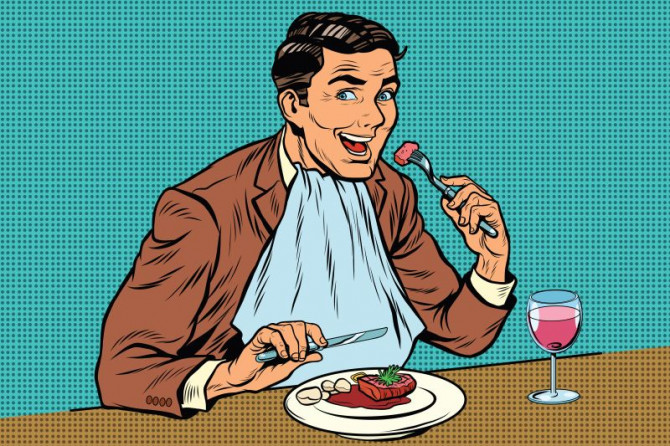Sales savoir-vivre: "Perhaps we can discuss things over lunch?"
Business meetings in restaurants are part of our job. Leaving the office gives a feeling of a less formal atmosphere, and eating meals together is an opportunity to build good business relationships. Remember, however, that it’s still primarily a business conversation, and any faux-pas can affect your image.
Dostępny jest przetłumaczony materiał kliknij tutaj, aby przejść do materiału.

Taking a client to a restaurant is a great opportunity to build a positive image, thank them for a successful transaction, or negotiate in a less formal environment.
Choosing a meeting place
The basis for a successful business meeting is choosing the restaurant and table. You should choose a proven location, tailored to the industry that you represent and to your client’s taste. The most important thing is a convenient location (with easy access and parking places) with a clean and quiet interior (without loud music). The chosen restaurant should provide for a comfortable, discreet conversation. Don’t take a table located near toilets or at the entrance. Other guests constantly walking by causes confusion and may interfere with the conversation. Avoid places where guests sit almost back-to-back. The tables should be at a reasonable distance from each other.
If you don’t know the culinary preferences of the person you’re meeting, ask them what food they prefer. If you don’t have the chance to ask, it is worth choosing a place where both traditional and vegetarian dishes are served.
Remember to book your table in advance. If you get an idea for a spontaneous business meeting in a particular restaurant - call to make sure they have free space. Cruising around with your client looking for a restaurant with a free table is a bit ridiculous.
It is unacceptable to be late for the meeting. If your counterpart is late, you aren’t obliged to wait more than fifteen minutes. Keeping punctual guests waiting longer would be rude. It would be best to arrive around 10 minutes early and wait for your client. However, if you arrive at the restaurant at the same time, let your client enter first. Also, they should be the first to order.
About your behavior at the table...
It is worth remembering the five principles of savoir-vivre for business meetings at restaurants:
1) When the meal is served, spread the napkin out and put it on your knees (do not tuck it under your collar). The napkin is used to keep your clothes clean and to wipe your mouth and hands. Don’t wipe your nose with it. After finishing the meal, put it on the right side of the plate, folded in such a way as not to soil the tablecloth. Putting a napkin (especially a cloth napkin) on the plate is a huge faux-pas.
Wykorzystałeś swój limit bezpłatnych treści
Pozostałe 70% artykułu dostępne jest dla zalogowanych użytkowników portalu. Zaloguj się, wybierz plan abonamentowy albo kup dostęp do artykułu/dokumentu.






 Zaloguj się
Zaloguj się








